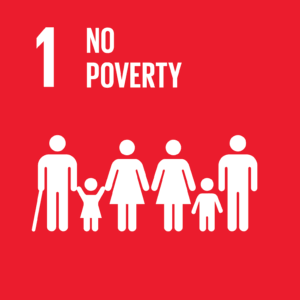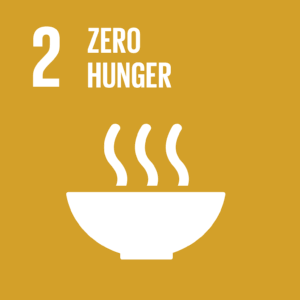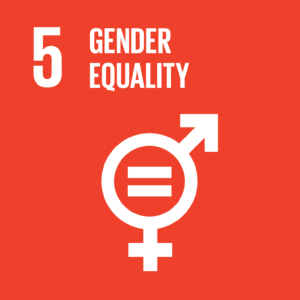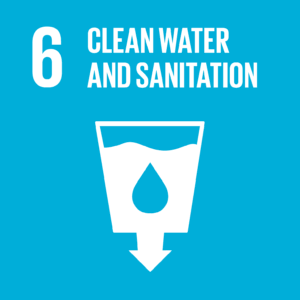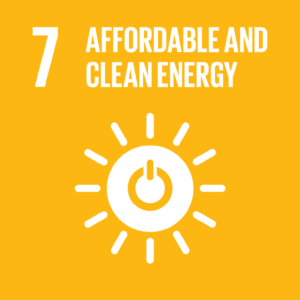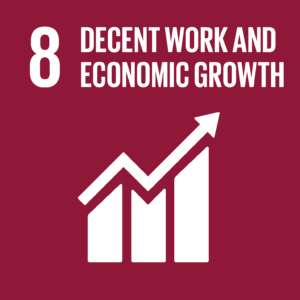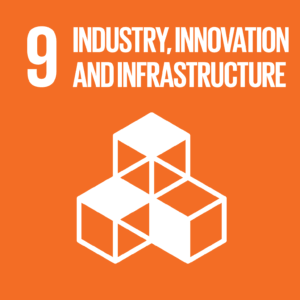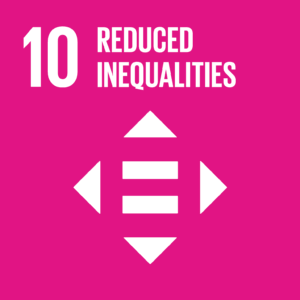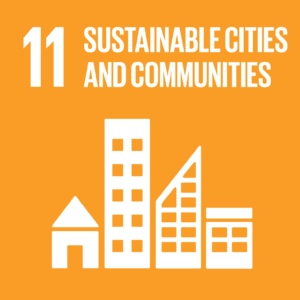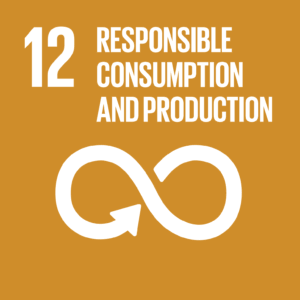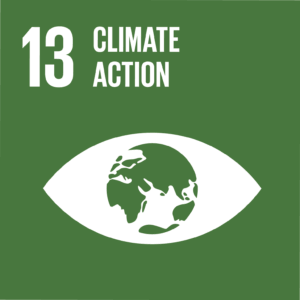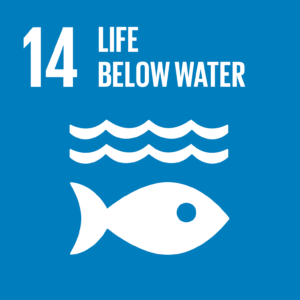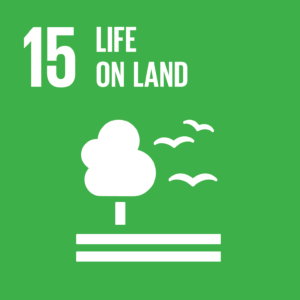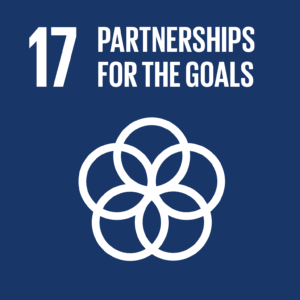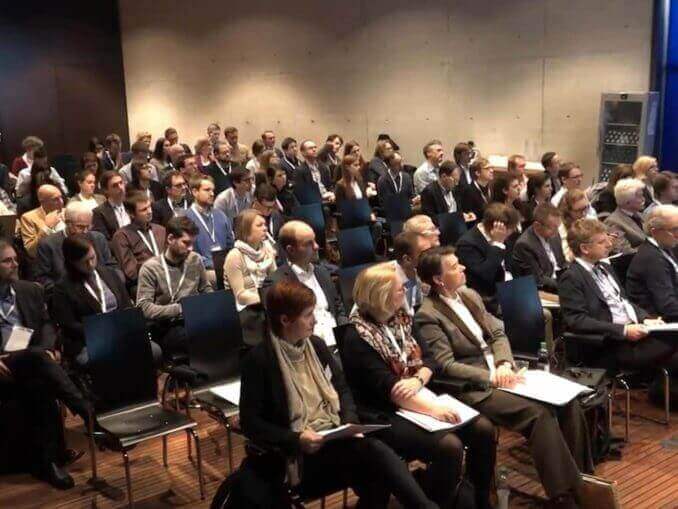
Climate change poses a challenge to politics, the economy and society all over the world. Science proves that we are reaching the limits of nature and that all actors must act: from the state to individuals, from large companies to SMEs. Contributions to SDG 13 are therefore becoming more important. At international and national level, states have committed themselves to integrating climate protection measures into national policies, strategies and planning. According to the decision of the UN member states at the 21st Climate Conference in Paris in 2015, global warming should be kept below 2 degrees.
Switzerland has also set itself ambitious goals for the next 30 years and wants to implement the 17 Sustainable Development Goals within the 2030 Agenda by the end of this decade. SDG 13 calls for “urgent action [zu] to combat climate change and its impacts”. Consequently, at the end of August 2019, the Federal Council decided to reduce CO₂ emissions to zero by 2050. Some cities even want to reach the “net zero target” by 2030.
This article on SMEs and SDG 13 was supported by

In addition, the Energy Strategy 2050 includes a gradual restructuring of the Swiss energy system. These include increasing Switzerland’s energy efficiency, which also affects SMEs, adapting the electricity and power supply grid, increasing the share of renewable energies in the energy mix and phasing out nuclear energy.
Challenges and opportunities
The implementation of the above-mentioned goals and measures presents challenges, but also prospects for the private sector. Experts believe that achieving the SDGs will open up new market opportunities and hundreds of millions of new jobs worldwide. This also applies to SDG 13, with the energy sector being one of the most promising.
In order to act today and realize these opportunities, we need innovative solutions, economic incentives, suitable framework conditions and exemplary practical examples. And the time to act is now. This opinion is shared by Jacqueline Jakob, Managing Director of the Energy Agency for Industry (EnAW): “The earlier SMEs address the issue of energy, the better. Because companies that are striving for a stable future and want to secure their competitiveness would do well to make this topic the focus of their activities “.
The most important factors for climate protection
Switzerland is also increasingly affected by the changing climate in the context of SDG 13. Summer heat is increasing, and precipitation has increased by up to 30 percent in the 20th century, depending on the region. So-called “extreme events” are triggered and intensified by the thawing of permafrost, glacier recession and floods. For example, heavier rainfall in the Alpine regions can lead to more flooding and rockfalls. Biodiversity is at risk: temperature changes have a major impact on the Swiss ecosystem, as they promote the spread of pests and pathogens.
On the part of industry, the main sources of greenhouse gas emissions are production, freight transport, energy reference areas, cattle, and the construction and cement industries. On the private side, it’s residential and passenger traffic. Switzerland’scarbon footprint– including SMEs – is well above the global average, with a consumption of around 14 tons ofCO2 per capita. According to the FOEN, 32 percent of emissions are caused by transport (excluding international air and sea transport), 24 percent by buildings, a further 24 percent by industry, and 19 percent by agriculture, waste treatment and synthetic gases. 1
The potential of SMEs in the field of climate and energy
The goals of SDG 13 offer SMEs with industrial and building emissions in particular enormous potential to reduce their own ecological footprint and lower their energy costs through renovations and energy efficiency measures. But what exactly does energy efficiency mean? According to the EnAW, this term describes “the measure by which energy consumption can be compared regardless of growth”. From 2013 to 2019, EnAW participants achieved savings of around 3,578,159 megawatt hours in electricity and heat. In addition, the participating companies were able to reduce CO₂ emissions by 76,796 tons in 2019 alone. In financial terms, the just over 4,000 participants saved around 344 million francs as a result and recovered around 340 million francs in levies.
How did these companies manage to do that? With simple but consistently implemented measures. The most frequently implemented measure is the conversion to LED technology. The participants were also successful in the areas of heating, ventilation and process heat and were able to achieve significant savings with their activities.
Although it is easiest to start with lighting, the area of process heat ultimately proves to be the most effective, as EnAW Managing Director Jacqueline Jakob also confirms.
“Process heat still has the greatest potential. This sector uses around 70 percent of fuels in industry. We need to look at processes here and make them fit for the future.” It takes courage, but it’s worth it, emphasizes Ms Jakob. Because it’s not just about a smaller footprint and financial aspects. According to observations by the EnAW, at least equally important for SMEs are a more positive working climate, product improvements and the strengthening of competitiveness.
SDG 13: Incentive not only for SMEs
Business Sustainability Today, together with UBS and nachhaltigleben.ch, has launched the “Sustainable Switzerland Campaign”. The campaign aims to motivate companies to implement the SDGs by providing inspiring solutions. In line with SDG 17 “Partnerships to achieve the goals”, Business Sustainability Today is positioning itself as a hub. For example, sustainable and innovative business models from the Umweltpreis der Wirtschaft and Solar Impulse (1000 Solutions) will also be presented.
Information on the latest developments in research can be found on the web portals of the National Research Programmes “Energy Transition” (NRP 70), “Controlling Energy Consumption” (NRP 71) and “Sustainable Economy” (NRP 73). However, achieving the SDGs, SDG 13 and Switzerland’s “net zero target” is not just the responsibility of SMEs, but of each and every individual. Accordingly, private individuals can find suggestions on the subject of energy efficiency in the domestic environment on nachhaltigleben.ch, because “climate neutrality by 2050 is a challenge for society as a whole”, emphasises Ms Jakob. “That’s why it’s important to make everyone aware of this issue.”
1 Link: Federal Office for the Environment FOEN
[RelatedSDG13_Intro]

